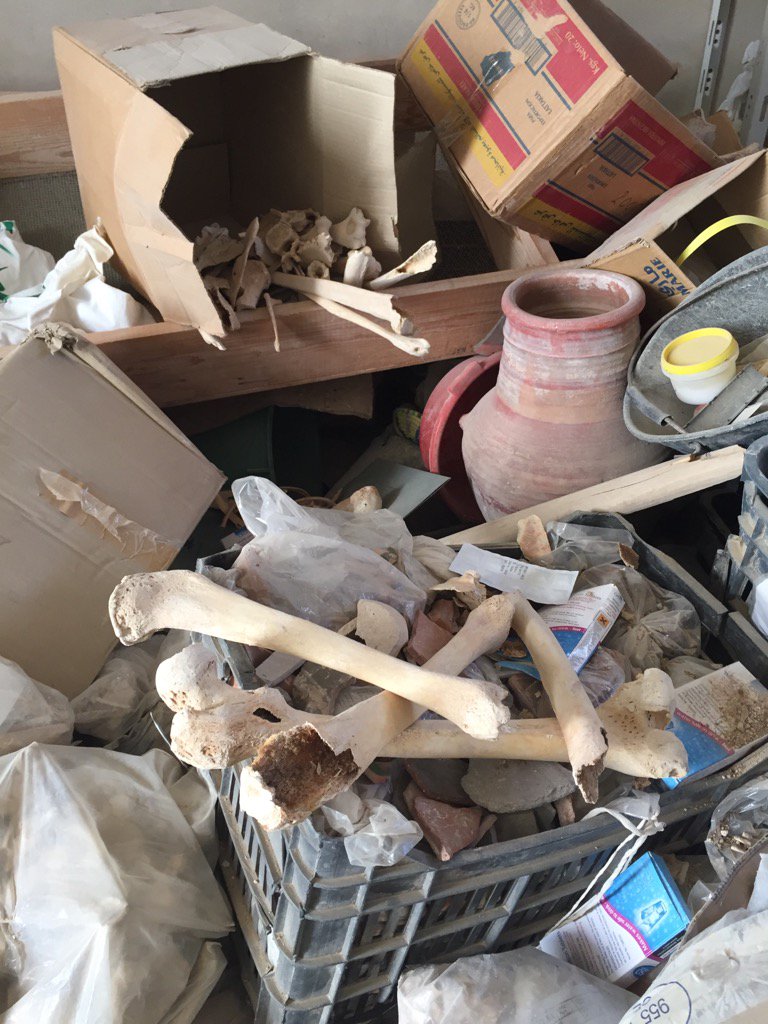Guardian: The law firm at the centre of the Panama Papers leak acted for an Iranian oil company that had been blacklisted by the US, the documents reveal.
Mossack Fonseca realised it was working for Petropars Ltd in 2010 only when another client accidentally fell foul of the US sanctions that had been imposed on the energy firm.
Petropars and the other client had been assigned the same PO box in the British Virgin Islands by Mossack Fonseca, and the address had been flagged by banks as linked to a blacklisted company.

The episode highlights the perils of giving the same address to thousands of shelf-companies – and the lack of rigour in Mossack Fonseca’s due diligence procedures.
This was acknowledged by the firm’s managing partner, Jürgen Mossack, who sent an angry email complaining about the lack of background checks, the documents show. “Everybody knows that there are United Nations sanctions against Iran, and we certainly want no business with regimes and individuals from such places! Not because of OFAC [the Office of Foreign Assets Control, the US Treasury department that deals with sanctions] but out of principle.”

Mossack Fonseca discovered it had been acting for the Iranian firm when the head of its Geneva office requested that a client be given a new mailing address in the British Virgin Islands (BVI).
PO box 3136 in Road Town, Tortola, was shared by a multitude of other shelf companies on the law firm’s books, including Petropars.
Petropars had been designated by the US Treasury in June that year as an oil company ultimately owned by the Iranian state. With offices in Dubai and London, it played a key role in securing foreign investment for the South Pars natural gas field. The largest in the world, the field lies in the Persian gulf and is shared with Qatar.

Putting Petropars on the official OFAC sanctions list was intended to sap financial support for Iran’s nuclear and missile programmes.
After a flurry of checks, Mossack Fonseca discovered it was acting for Petropars and two other companies in which it held stakes: Drilling Company International Limited and Venirogc Limited, a joint venture with Venezuela’s state-owned oil company PDVSA, which would itself be blacklisted by the US the following year.
Three months after the blacklisting, Mossack Fonseca’s compliance team recommended resigning from Petropars and “all its associated companies”. By then, not only OFAC but the United Nations had issued sanctions against the Middle Eastern state.
Mossack Fonseca duly stood down and Petropars was recorded as inactive from May 2011, as were its two subsidiaries. But another Iranian company remained on the books.
Despite resolving to cut ties with Iran, Mossack Fonseca continued servicing an outfit called Petrocom. It shared the same London accountant as Petropars, and gave its address as Sepahbod Gharani Avenue in Tehran.
The relationship was managed through London, where a separately owned business holds the exclusive UK rights to market Mossack Fonseca’s services.
Mossack Fonseca in the BVI produced a certificate of good standing (often requested by banks or trading partners), stamped by the office of the Virgin Islands deputy governor on 14 September 2010; papers approving the appointment of a new chairman and managing director; and others for the creation of a joint venture.

Mossack Fonseca’s BVI office did carry out checks on the company. A request for the name of the ultimate beneficial owner of Petrocom elicited the following reply from Mossack Fonseca’s UK franchise: “I think we could assume that would be Mahmoud Ahmadinejad unless I’m mistaken.”
While Iran’s then-president was unlikely to have actually held shares in these offshore entities, the comment makes it clear Mossack Fonseca’s UK office knew it was continuing to act for state-owned companies.
In June 2013, the US imposed sanctions on Petrocom’s parent OIIC, describing it as part of a network of 37 front companies set up to manage the Iranian leadership’s commercial holdings. OIIC was allegedly controlled by a holding company called Eiko, which stands for The Execution of Imam Khomeini’s Order.
“The purpose of this network is to generate and control massive, off-the-books investments, shielded from the view of the Iranian people and international regulators,” a US Treasury press release stated.
The most recent data, from December 2015, shows Petrocom remains on the firm’s books. A certificate of good standing was issued as recently as April 2015.
Mossack Fonseca said: “We have never knowingly allowed the use of our companies by individuals having any relationship with North Korea, Zimbabwe, Syria and other countries or individuals sanctioned by the United States or European Union. We routinely resign from client engagements when ongoing due diligence and/or updates to sanctions lists reveals that a party to a company for which we provide services has been either convicted or listed by a sanctioning body.”
Emmanuel Cohen, who runs Mossack Fonseca’s UK franchise, said in a letter from his lawyer that he had been “in the forefront of undertaking due diligence checks over the years”, and that “he takes the obligations of reporting extremely seriously and files any suspicious activity” with the National Crime Agency. Regarding Petropars, Mossack Fonseca UK “was working through a professional client in the UK and was not responsible for any due diligence”. He added that the UK business was under no obligation to follow US sanctions.
Petrocom and Petropars did not respond to requests for comment.
In January 2016, the US removed Petropars and OIIC from its blacklist, following the nuclear deal with Iran.
Panama Papers reporting team: Juliette Garside, Luke Harding, Holly Watt, David Pegg, Helena Bengtsson, Simon Bowers, Owen Gibson and Nick Hopkins




